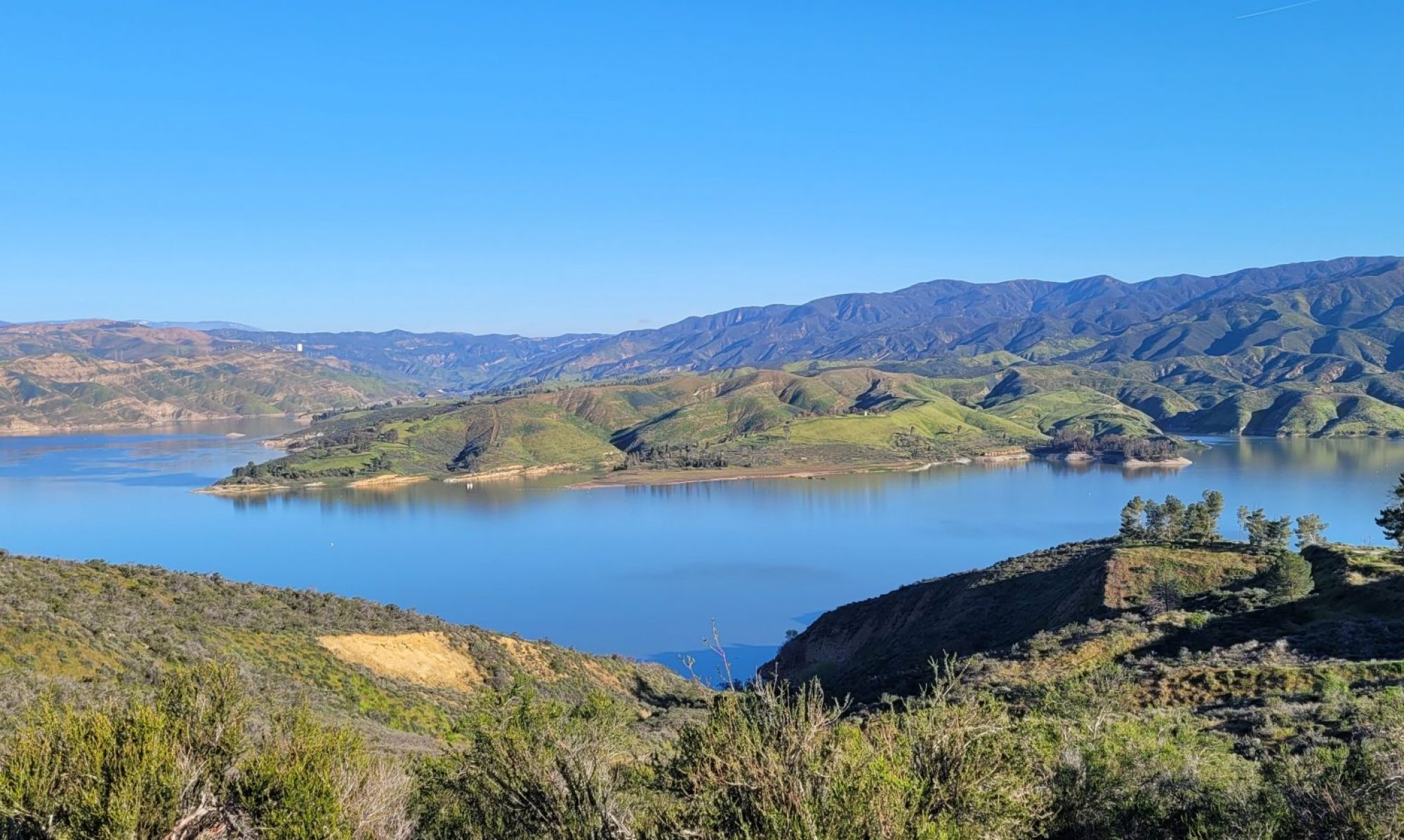Why did the Nomad cross the road?
It’s what he lives for…
Roads are created by people who walk them–a lot. The Silk Road was named for what was sent on it, but it was carried by those who traveled, not those who sent. All well and good to be the silk weaver or the wealthy owner of all the looms, but who did the actual taking? “Merchants.” Many of those merchants were also nomads or were at least escorted by the nomads.
Not to mention that standard notion of the “Barbarian of the Steppes.” I may have mentioned the 36-episode Great Course by Kenneth Harl that covers that topic in detail. The title is what Prof. Ken Harl chose, and yet what becomes eminently clear is that barbarians is what everybody else called them to make them seem primitive and less dominating.
In fact, there were dozens of tribes who ruled the steppes, many of whom migrated from the harsh, impregnable deserts and fickle grasslands to the lusher lands in the fertile basin. Thus, they came sweeping down off the steppes repeatedly, always somehow surprising though the Xiong Nu, Hittites, Pecheneges, Scythians, Parthians, Huns, Bactrians, Gok Turks, Seljuk Turks, and Mongols did this for nearly two thousand years.
They were the Powerful of the Steppes.




